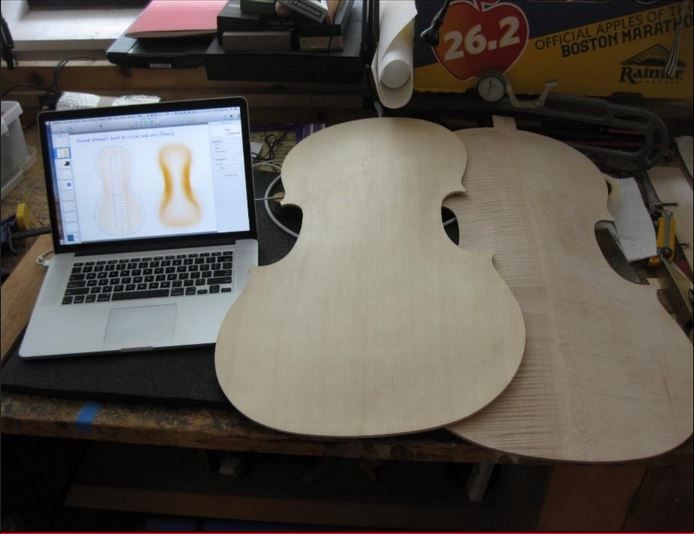In this lecture, Harry Mairson (Brandeis) introduces the Digital Amati Project which explores the structure, interpretation, and making of stringed instruments, and how modern software can be used to represent historical practices of instrument design
Butler Library, Room 208b, New York, NY 10027
Harry Mairson, professor of computer science, Brandeis University, and amateur violoncello maker, has conducted research on type systems in programming languages and their relation to problems in logic and complexity theory. In this lecture, he introduces the Digital Amati Project which explores the structure, interpretation, and making of stringed instruments, and how modern software can be used to represent historical practices of instrument design. The lecture discusses digital humanities tools, and the creative work done with them, and will be of interest to historians, musicologists, practitioners of digital humanities, and makers.
More about the Digital Amati Project:
Andrea Amati (1505-77) of Cremona is recognized as having made the world’s first violin. The goal of the Digital Amati project is to advance understanding of fundamental geometric structures in the design of classical stringed instruments and their historical context. The project brings to light computational aspects of violin building, using a new programming language vernacular that describes traditional methods of design. These digital tools reveal historical methodology, making violin family instruments comparable in a new way, and offering insight into the unknown, intangible heritage of this material culture—namely, through its design and construction principles, an approach called “computational art history”. The project represents canonical ideas about design in a Euclidean programming language idiom, for people to read and machines to execute.
Co-sponsored by The Making and Knowing Project and History in Action in the Columbia University History Department

